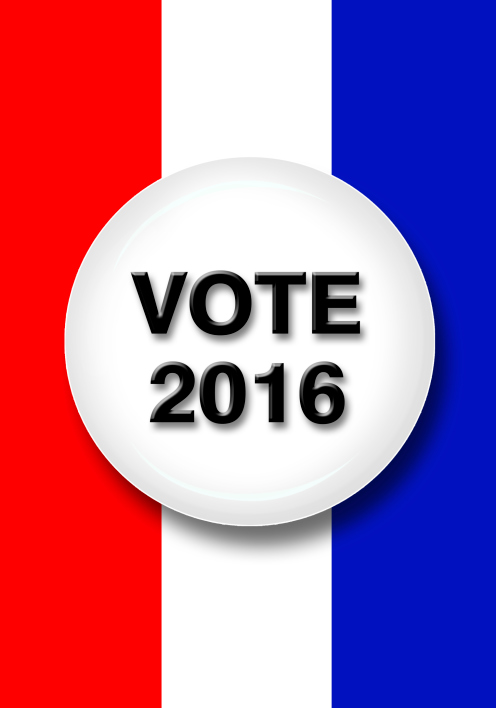There’s something about bad grammar that, for many of us, is way too memorable.
University professors and columnists, especially, all cry “foul” when the basic rules and regs of English writing are violated.

Even dating site Match, after asking 5,000 users if language mattered, discovered it did. Big time. Eighty-eight percent of women, 75 percent of men agreed that the proper syntax was far more important in a prospective date than confidence or good teeth. [Gnaw on that one for a while.]
Depending on who responds, the blame goes to social media, where gaffes are as common as abbreviations like ‘soups awk’ [you guess]. On the educational system … but never aimed at a particular teacher. On contemporary “it’s gotta be Millennial” qualities like laziness, carelessness, inaccuracy, even inconsiderateness.
Let’s stop here. And agree: It’s our responsibility as language gurus – communicators, brand experts, marketers – to frame the dispute. After all, there is an informal English, one that we speak and message and tweet. Punctuation might be absent, at times. Abbreviations, dominant. And dialects become noticeable.
The other practice? Emails, memos, presentations, and all the other accoutrements of corporate and marketing and brand communications, from annual reports to Web sites. There, though informal lingo might be present, the rest of the grammatical snafus need to be gone.
Then there’s Oklahoma’s Ado Annie …



